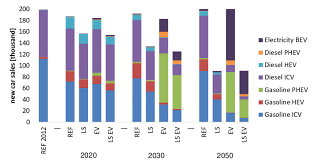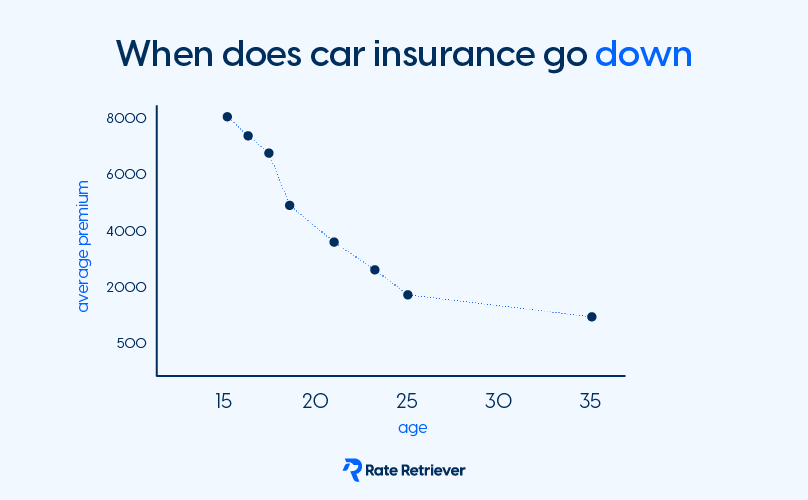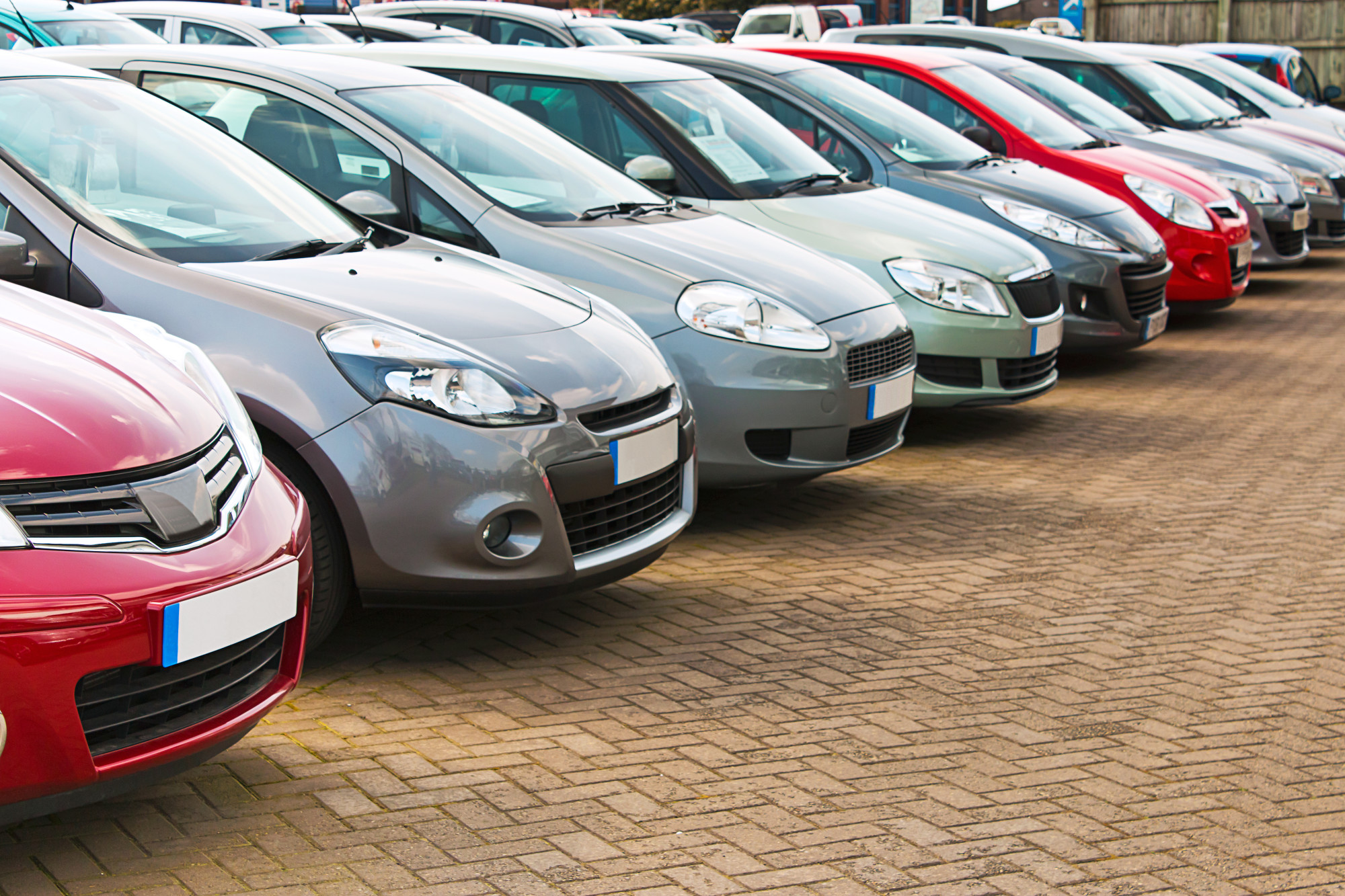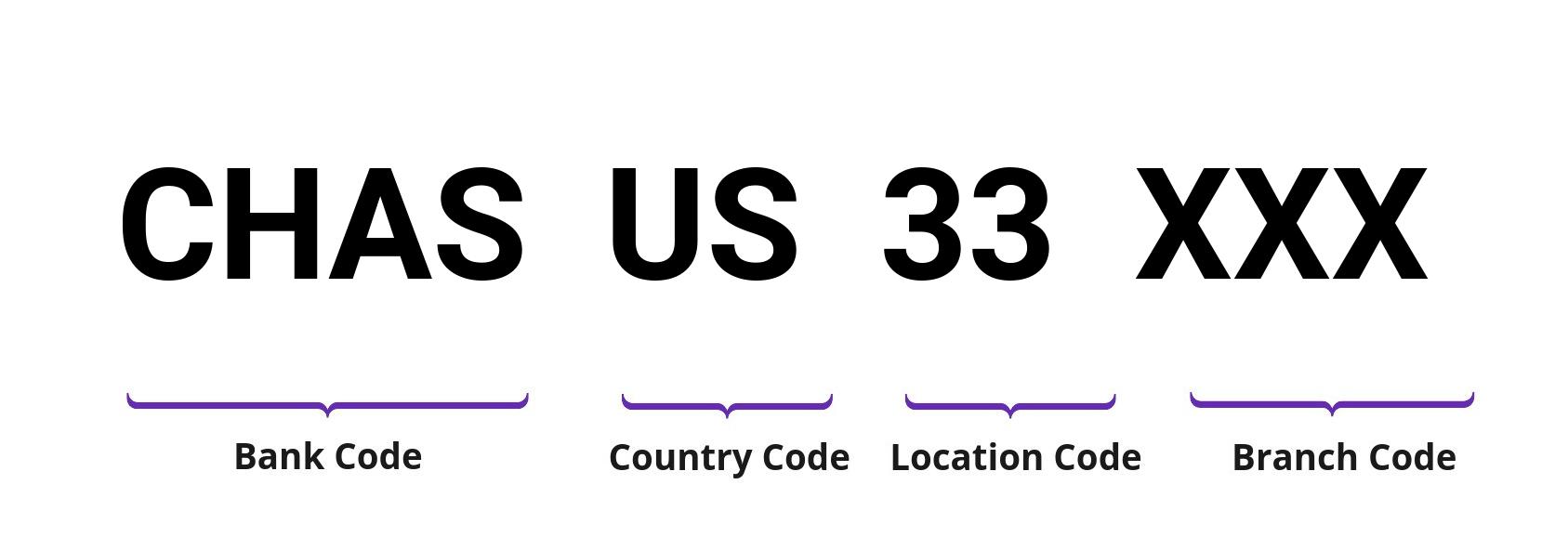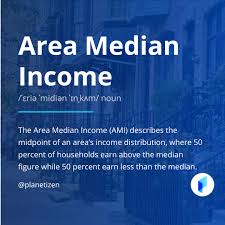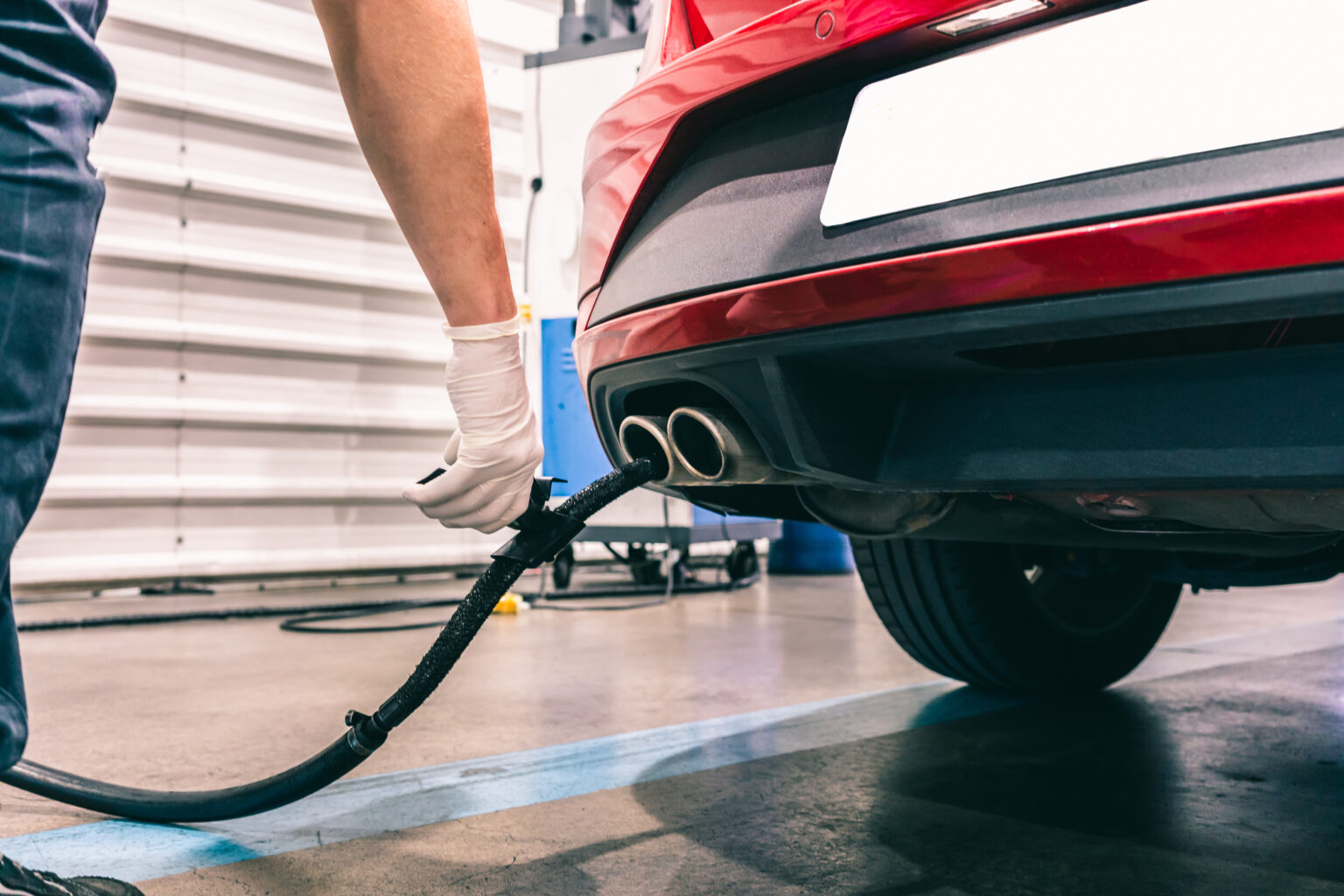A car’s transmission connects the engine to the wheels and controls how power is delivered. Without it, your car wouldn’t move. The difference between manual vs. automatic transmissions comes down to who changes the gears:
- Automatic transmissions shift gears for you, making driving easier and more convenient.
- Manual transmissions (stick shift) require the driver to choose gears and operate the clutch.
Both options have pros and cons, from cost and convenience to control, fuel efficiency, and longevity.
Key Takeaways
- Automatic transmissions are more common, easier to drive, and widely available in new cars.
- Manual transmissions give drivers more control, can last longer, and are often cheaper to maintain.
- Insurance rates can vary slightly depending on transmission type, but other factors (age, driving history, car model) play a bigger role.
Does Transmission Type Affect Car Insurance?
Yes, but only slightly. Transmission type is one of many factors insurers consider. Because manual cars are less common in the U.S., parts may be harder to find. On the other hand, automatic transmissions are more complex and can be more expensive to repair.
Ultimately, your car insurance cost depends more on driving history, age, credit score, accident record, and location than transmission choice.
Manual Transmission: Pros and Cons
Pros
- Engaging experience – Stick shifts are considered more fun and connected to the driving process.
- Greater control – Drivers can choose gears for smoother rides and better handling in tough conditions.
- Lower theft risk – Many car thieves can’t drive a stick shift.
- Useful abroad – Manuals are still widely used in Europe and Asia.
Cons
- More effort – Managing the clutch and gear shifts can be tiring in traffic.
- Learning curve – Requires time and skill to master.
- Fewer options – Very few new cars in the U.S. are sold with manual transmissions.
- Sharing difficulties – Not everyone can drive a stick, making it less practical for families.
Automatic Transmission: Pros and Cons
Pros
- Convenience – No shifting required, just press the accelerator and go.
- More choices – Nearly all new vehicles come with automatic transmissions.
- Easier for city driving – Less tiring in stop-and-go traffic.
Cons
- Less fun for enthusiasts – Some drivers prefer the control and engagement of manuals.
- Less control in bad weather – A manual allows drivers to downshift for better handling in snow or ice.
- Higher repair costs – Automatics are more mechanically complex.
Which Lasts Longer: Manual or Automatic?
It depends on the driver. A poorly handled manual can wear out clutches quickly, but generally, manual transmissions last longer because they have fewer moving parts. Automatics are more complex and may require more expensive maintenance over time.
Fuel Efficiency: Manual vs. Automatic
Historically, manuals offered better fuel economy — often 2–5 mpg more than automatics. However, advances in automatic technology, like continuously variable transmissions (CVTs) and dual-clutch systems, have closed the gap. Today, some automatics can even outperform manuals in efficiency.
👉 Bottom line: Choosing between a manual vs. automatic transmission comes down to driving style, convenience, and long-term costs. If you want control, durability, and a more engaging experience, a manual may be right for you. If you prefer ease, comfort, and more options, an automatic is the better choice.







